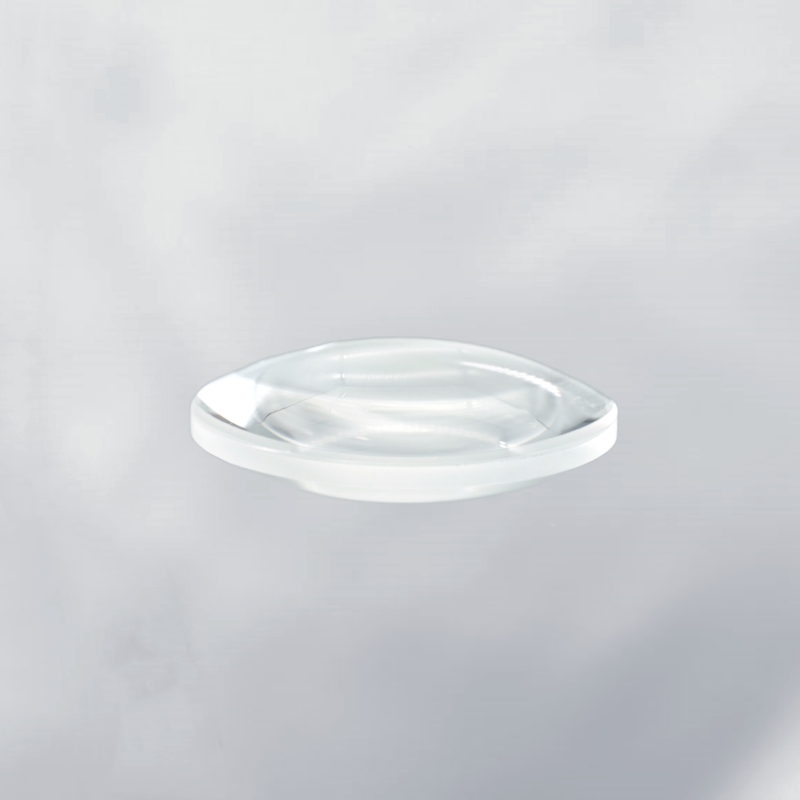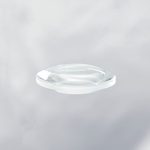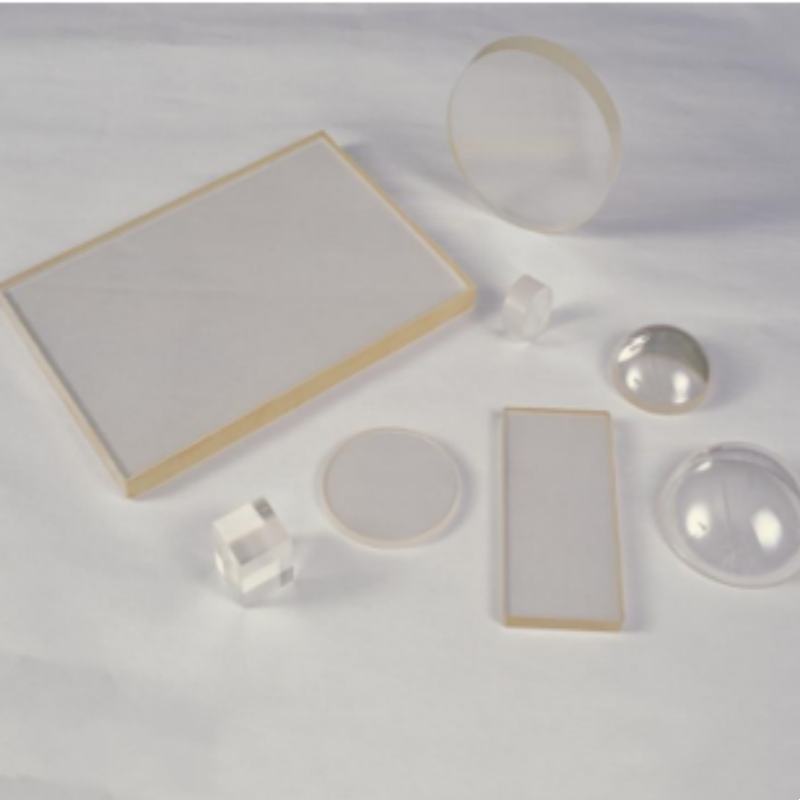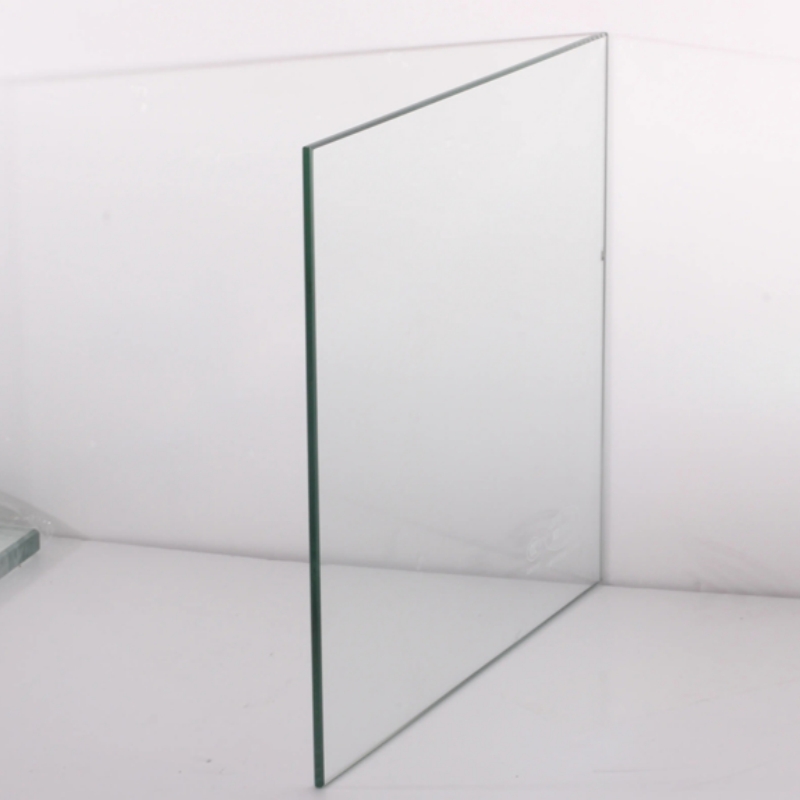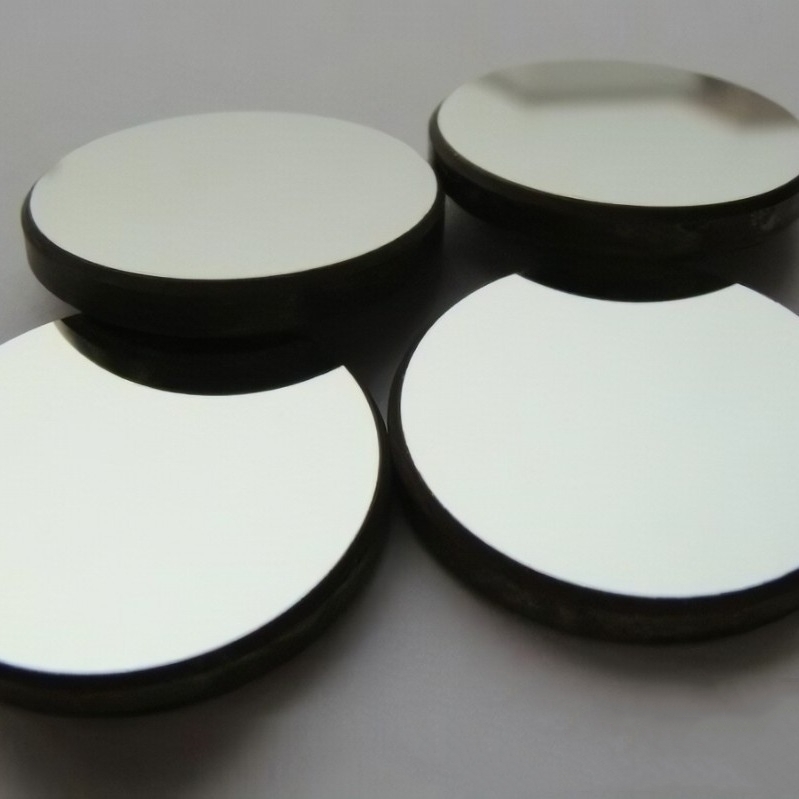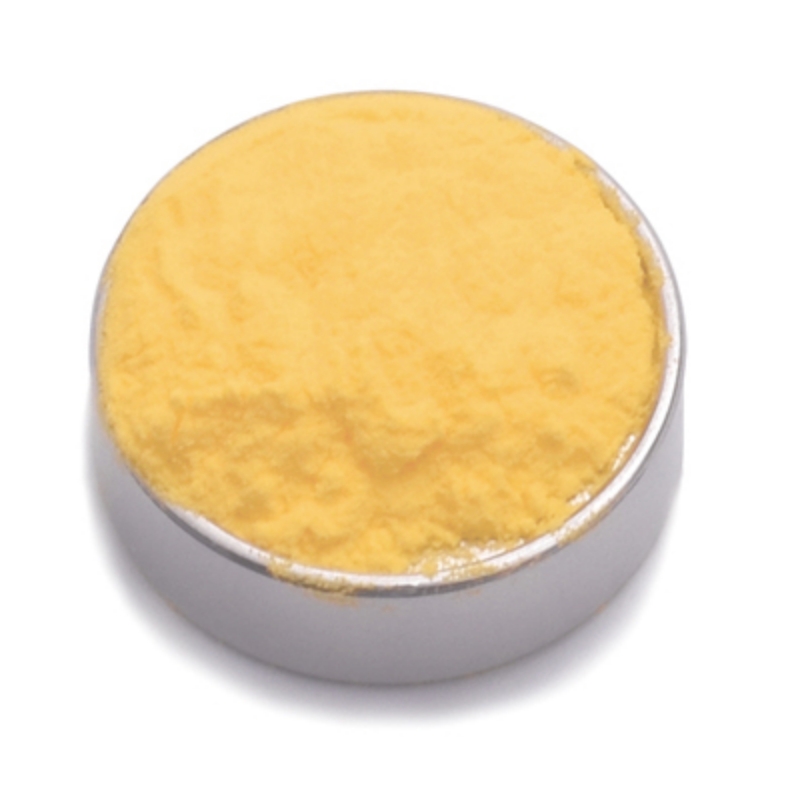Magnesium fluoride double-convex lens is a precision optical component designed for efficient light convergence, minimized spherical aberration, and superior ultraviolet and infrared transmission. Manufactured from high-purity MgF₂, it offers exceptional optical clarity, strong resistance to environmental degradation, and excellent thermal stability. This lens is widely used in laser systems, spectroscopy, aerospace applications, and scientific instrumentation, ensuring optimal light manipulation and performance for advanced optical systems.
Product Overview
The magnesium fluoride double-convex lens is an optical element with two convex surfaces designed to effectively focus light from a point source or transmit an image to other optical systems. Magnesium fluoride material offers excellent optical performance, high light transmission, and low reflectivity, providing stable transmission across ultraviolet (UV), visible, and infrared (IR) spectra. The lens is manufactured with precision machining and polishing techniques, ensuring high surface quality and dimensional accuracy. Magnesium fluoride double-convex lenses are widely used in laser systems, infrared optics, ultraviolet optics, and high-energy detectors.
Key Features
- High Light Transmission: Offers exceptional light transmission across multiple spectral ranges.
- Low Reflectivity: Reduces light reflection losses, enhancing optical transmission efficiency.
- High Mechanical Strength: Magnesium fluoride has superior mechanical strength, making it suitable for high-power applications.
- High Laser Damage Threshold: Ideal for high-energy laser systems, with strong resistance to laser damage.
- Chemical Stability: Magnesium fluoride is chemically stable and performs well in harsh environments.
- Precision Manufacturing: The lens is crafted using high-precision machining and polishing to ensure optimal optical performance and surface quality.
Applications
- Laser Systems: Commonly used in laser systems for beam focusing and imaging applications.
- Infrared Optical Systems: Applied in infrared detection and imaging systems.
- Ultraviolet Optical Systems: Suitable for applications within the ultraviolet spectrum, enhancing optical transmission efficiency.
- High-Energy Detectors: Used in high-energy laser systems and detectors, providing efficient optical performance.
- Imaging and Beam Control: Utilized in optical instruments and systems for focusing light or adjusting beam characteristics.
| Optical Property | Value |
| Transmission Range | 0.12-9 μm |
| Transmittance | >90%@0.193-6μm |
| Refractive Index | NO=1.566, Ne=1.568@0.13μm |
| NO=1.334, Ne=1.343@5μm | |
| Reflection Loss | 11.2%@0.12μm (both surfaces) |
| 5.7%@0.22μm (both surfaces) | |
| 5.1%@1μm (both surfaces) | |
| Absorption Coefficient | 40×10⁻³@2.7μm |
| Structure | Square Crystal System |
| Cleavage Planes | <100 |
| Physical Property | Value |
| Density | 3.177 g/cm³ |
| Melting Point | 1255 ℃ |
| Thermal Conductivity | 21 W/(m·K) //c, 33.6⊥c @ 300K |
| Thermal Expansion | 13.7×10⁻⁶/K //c, 8.9×10⁻⁶/K ⊥c @ 373K |
| Knoop Hardness | 415 kg/mm² |
| Specific Heat Capacity | 1003 J/(kg·K) |
| Dielectric Constant | 4.87 //c, 5.44⊥c @ 1MHz |
| Young's Modulus | 138.5 GPa |
| Shear Modulus | 54.66 GPa |
| Bulk Modulus | 101.32 GPa |
| Poisson's Coefficient | 0.276 |
| Chemical Property | Value |
| Solubility | 0.002 g/L @ 20℃ |
| Molecular Weight | 62.3018 g/mol |
| Property | Value |
| Diameter Range | 2-300mm |
| Focal Length | 15-5000mm |
| Thickness | 0.12-60mm |
| Surface Quality | 80-50, 60-40, 40-20, 20-10, 10-5 |
| Surface Flatness | λ/2, λ/4, λ/8, λ/10 |
| Clear Aperture | >90% |
| Coating | Customizable |
Submit Your RequirementsWe will contact you within 24 hours.
 WOBO Scientific Research New Materials One-Stop Service Platform
WOBO Scientific Research New Materials One-Stop Service Platform


